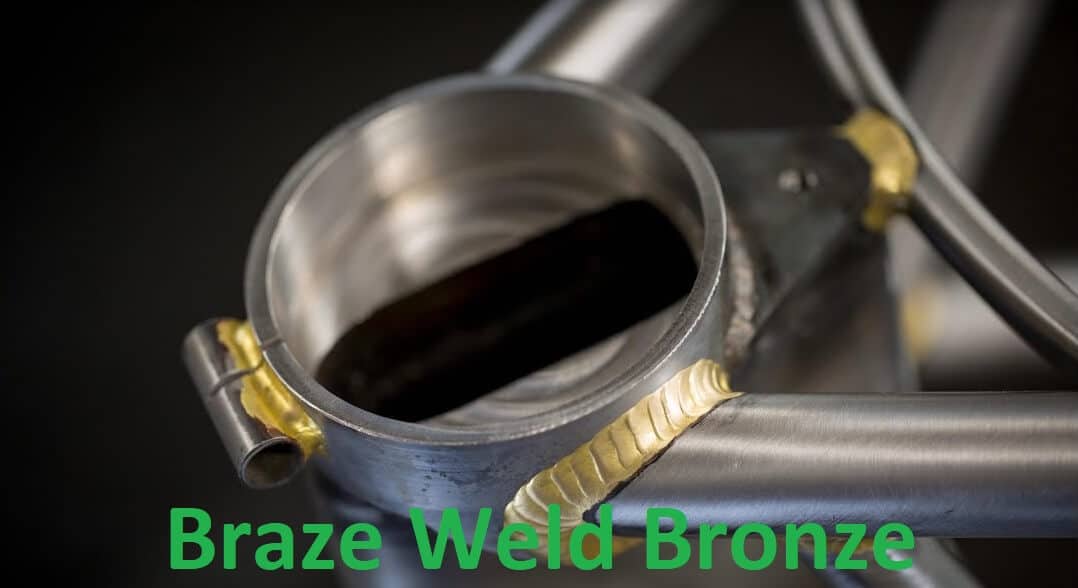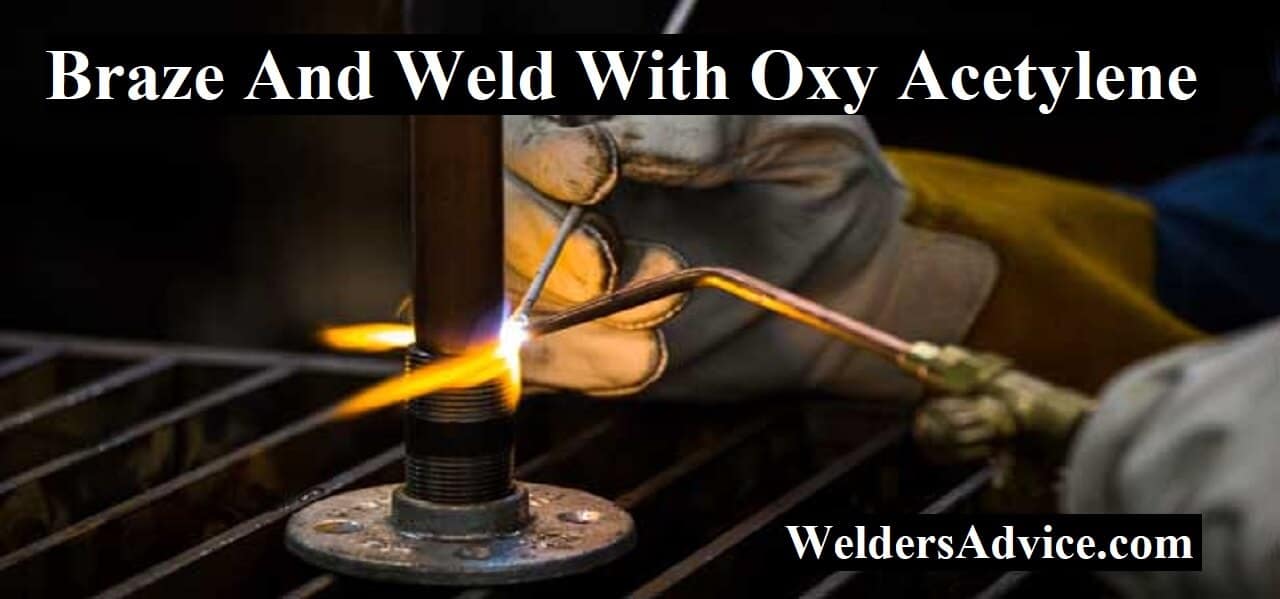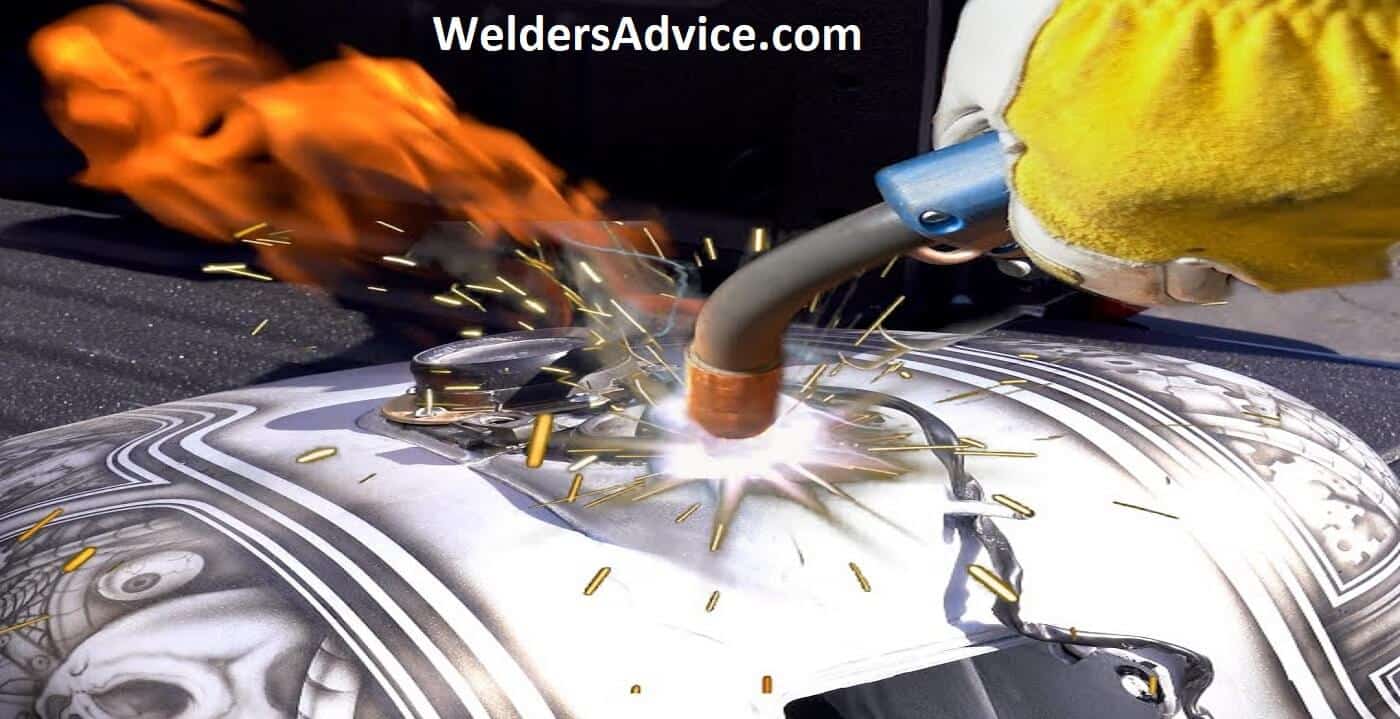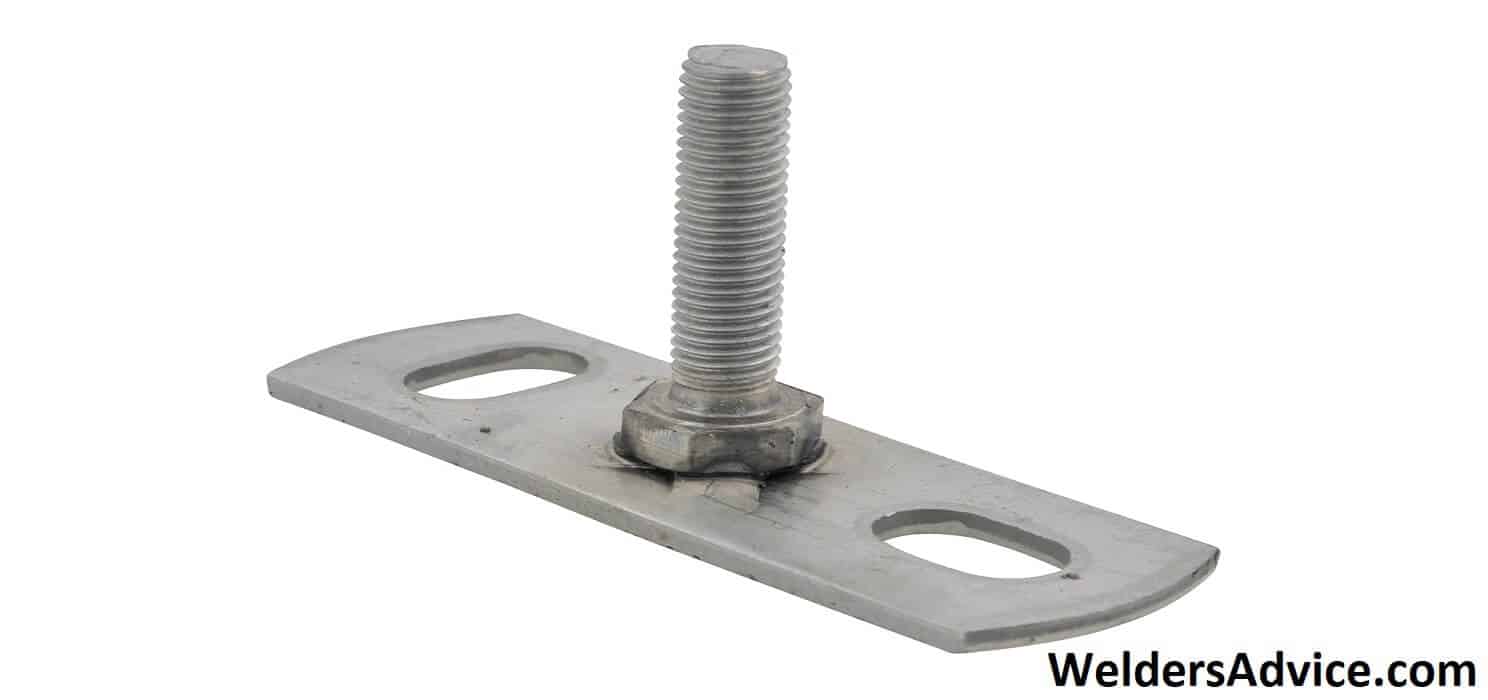To braze weld bronze, first, clean the surfaces to be joined and apply brazing flux. Then heat the parts until the bronze filler melts and flows into the gap between them.
Brazing welding of bronze is a process of joining two pieces of bronze using a third metal alloy with a lower melting point than the base metals. This is achieved by heating the bronze to its melting point and introducing the brazing rod to the gap between the two pieces of bronze, where it melts and flows into the joint.
The brazing rod creates a strong, corrosion-resistant bond that is essential in many applications such as the manufacture of air conditioning equipment, electrical connectors, and heat exchangers. This article outlines how to braze weld bronze, including the tools, materials, and techniques required.
- Understanding Braze Welding And Bronze
- Braze Welding Equipment And Safety Measures
- Choosing The Right Braze Welding Technique
- Cleaning And Prepping The Base Metal
- Choosing The Right Filler Metal
- Torch Brazing
- Induction Brazing
- Troubleshooting Braze Welding Issues
- Finishing And Post-Braze Welding Clean Up
- Frequently Asked Questions Of How To Braze Weld Bronze
- Final Thoughts on Braze Weld Bronze
Understanding Braze Welding And Bronze
Braze welding is a metal joining technique that utilizes a filler material, called brazing alloy, to join two base metals. Bronze is a commonly used material for braze welding due to its unique characteristics and properties. It is an alloy of copper, tin, and sometimes other elements, giving it good strength, corrosion resistance, and thermal conductivity.
Using bronze in braze welding offers several advantages, including its ability to join dissimilar metals, its low melting point, and the high strength of the brazed joint. It is also widely available and has a relatively low cost. When brazing welding bronze, it is important to prepare the surfaces properly and select the appropriate brazing alloy and heating method for the job.
With proper technique and practice, braze welding with bronze can create strong and reliable joints in a variety of applications.
Braze Welding Equipment And Safety Measures
To braze weld bronze, it is important to have the right equipment and follow safety measures. The necessary equipment includes a torch, filler rods, flux, and a brush. Safety guidelines include wearing protective gear and having proper ventilation. Before welding, the equipment and workspace should be clean and free of any flammable materials.
Keeping the flame on the filler rod, moving it back and forth, and applying the flux will help ensure a strong bond. Avoid touching the braze until it cools down and always store the equipment properly after use. Remember to follow these guidelines to safely and effectively braze weld bronze.
Choosing The Right Braze Welding Technique
Braze welding bronze demands a certain level of expertise. Torch brazing and induction brazing are two frequently used techniques. While one is dependent on the heat of a torch, the other uses an electromagnetic field to generate heat. Each technique has its pros and cons regarding speed, control, and uniformity.
The right choice depends on your project and skillset. Torch brazing is more suitable for smaller projects, while induction brazing is faster and ideal for higher production runs. Remember, the choice of technique will affect the final outcome of your work.
Therefore, it is essential to understand the properties of each technique and how they apply to your requirements.
Cleaning And Prepping The Base Metal
To ensure a successful braze welding process with bronze, proper cleaning, and prepping of the base metal is crucial. It’s essential to remove any dirt or debris from the metal surface as it may negatively affect the final results. The use of chemical cleaners or abrasive materials may be required for this process.
Additionally, flux is a critical component in the braze welding process as it prevents the formation of oxides, which could weaken the joint. A thin coating of flux should be applied to the base metal surface before heating and adding the brazing material.
By following these steps, you can ensure a quality braze weld with bronze that will provide a strong and durable joint.
Choosing The Right Filler Metal
Selecting the appropriate filler metal for welding bronze is crucial for any project. It depends on factors such as the application, size, and shape of the workpiece. There are various types of filler metals available for braze welding bronze. These include nickel-silver alloys, copper-silver-phosphorus alloys, silver-based alloys, and others.
Each type has unique properties, such as melting point and joint strength. It’s essential to choose the right type of filler metal to ensure a strong and lasting bond. With the proper selection, you can guarantee a quality end product.
Torch Brazing
Brazing, just like welding, is a process for joining metals. It involves the use of heat and filler metal to melt and join two base metals together. One type of brazing technique is torch brazing, which is often used for joining bronze.
To succeed in torch brazing, you need to follow a step-by-step guide that includes proper preparations, cleaning, flux application, and heating. You also need to ensure a strong and lasting braze joint by maintaining control of the flame, using the right amount of filler metal, and allowing the joint to cool gradually.
Lastly, avoid common mistakes when torch brazing such as overheating, insufficient cleaning, and using too much flux. By following these guidelines, you can produce high-quality brazed bronze joints that are strong and long-lasting.
Induction Brazing
To perform induction brazing with bronze, follow these easy steps. Begin by preparing the surface, cleaning it, and applying a flux. Next, place the braze alloy and the base metal together. Then, bring them into contact with the induction coil.
Heat the assembly till the braze alloy melts and flows into the joint. Now, let it cool naturally, undisturbed. To ensure a strong and lasting braze joint, you must avoid making a few common mistakes. These include using the wrong filler material or not cleaning the surfaces adequately.
Furthermore, ensure that the components fit snugly together with no gaps. With these tips, you can master induction brazing with bronze and create strong and durable components.
Troubleshooting Braze Welding Issues
Braze welding bronze is a complex process that can result in various issues, such as melting issues, joint problems, and uneven welding. To troubleshoot these issues during the braze welding process, begin by checking if your equipment is working correctly.
Use the right type of torch tip and flame to enhance the quality of the joint. It’s equally crucial to prepare the surface before welding. Always remove any debris and oxide layer for the best results. Additionally, maintaining the right temperature and time is essential for avoiding problems in the future.
Practice your skills by using scrap metal or small pieces before attempting larger projects. With these tips, you’ll be on your way to becoming a successful braze welder.
Finishing And Post-Braze Welding Clean Up
The final steps for braze welding require attention to detail. Techniques for post-welding clean-up should not be overlooked as they are essential. Avoid using abrasive methods or harsh chemicals as they could damage the workpiece. A gentle approach is best.
Once the area is cleaned up, it’s time to polish your braze weld. Smoothing out the weld creates a visually appealing finish. A few tips to keep in mind are to use a soft cloth, apply light pressure, and use a circular motion.
With these final touches, your braze welding will look seamless and polished.
Frequently Asked Questions Of How To Braze Weld Bronze
How Do I Prepare The Bronze For Braze Welding?
Before braze welding bronze, you need to ensure that the area to be welded is clean and free of any contamination. You can use a wire brush or sandpaper to remove any rust, dirt, or oil on the surface.
What Is The Best Flame For Braze Welding Bronze?
The best type of flame for braze welding bronze is a neutral flame that has equal parts of oxygen and acetylene. This type of flame is not too oxidizing or reducing, making it ideal for this type of welding.
Can We Braze Weld Bronze Without Flux?
While not always necessary, using flux helps to reduce oxidation and aid in the flow of the filler metal. It is recommended to use flux when braze welding bronze to ensure a strong bond and prevent defects in the weld.
Final Thoughts on Braze Weld Bronze
As you have learned, braze welding bronze requires a specific process that involves careful preparation, heating, and cooling techniques to achieve a successful bond. With the proper tools and materials, and following the steps outlined in this guide, you can confidently undertake a braze welding project with bronze.
Remember to take your time, closely monitor the temperature, and use a high-quality brazing rod tailored to your specific needs. Following these tips will help ensure that your results are long-lasting and reliable. With practice and patience, you can master this process and incorporate it into your metalworking toolkit.
Whether you’re a professional welder or a DIY enthusiast, braze welding bronze is a valuable skill that can enhance your abilities and expand your creative options.





